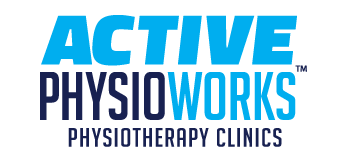Dry Needling
Dec 31, 2019
What is Dry Needling?
A technique where a thin filiform needle is used to penetrate the skin and stimulate underlying myofascial trigger points (a tender point in a muscle), muscular and connective tissues for the management of neuromusculoskeletal pain and movement impairments
How is if different than Acupuncture?
Dry needling follows evidence-based guidelines, recommended “point” locations, and dosages for the treatment of specific conditions. Acupuncture stimulates the balance and flow of Qi energy that in Traditional Chinese Medicine is considered essential to health. When the body is healthy, Qi (pronounced chee), flows smoothly through the meridians that make up a conceptual network of pathways throughout the entire body. When the balance or flow of Qi is deficient or obstructed it may be diseased or susceptible to illness.
Are there any risks?
Common (1-10%): Muscle soreness, fatigue bruising
Uncommon (.1-1%): aggravation of symptoms, feeling faint or dizzy, headache
Rare/Very Rare (0.1-.1%) infection, pneumothroax
How does it work?
To name a few of the proposed mechanisms:
- Alters chemical environment of active trigger points
- Disruption and repair of connective tissue and muscle fibres
- Disruption and repair of axons and neuromuscular junction acetylcholine
- Increased blood flow
- Local twitch response gives increase muscle activation
- Central modulation of pain
Which conditions may it be helpful in?
In short, anything that is causing pain, has restricted range, or restricted function, assuming a neuromuscular origin
Some examples include:
- Tension headaches
- chronic whiplash injuries
- Low back pain
- Muscle strains
- Ligament sprains
- Tennis elbow
- ITB syndrome
- Plantar fasciitis
- General muscle stiffness/soreness
Sources:
American Physical Therapy Association Dry Needling Task Force May 2012
White et al, 2001
https://www.acupuncturecanada.org/blog/dry-needling-vs-acupuncture/
Please add your bio info through your member profile page, or through your dashboard.

